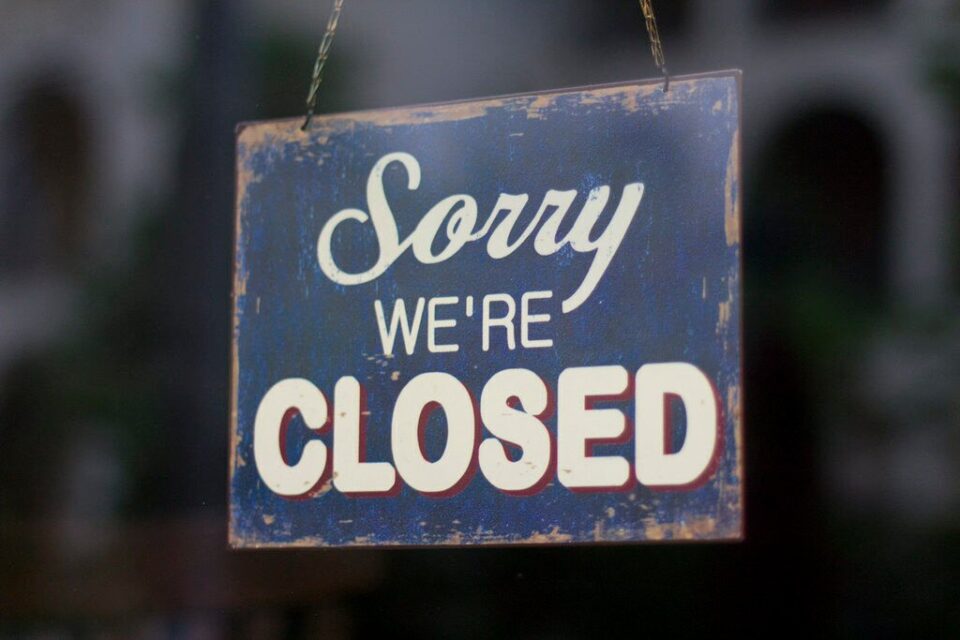In an effort to curb the Covid-19 outbreak, the Prayut Chan-o-cha government late last month slapped a blanket dine-in ban on restaurants and eateries in Bangkok and five nearby provinces, namely Nakhon Pathom, Nonthaburi, Pathum Thani, Samut Prakan and Samut Sakhon.
The measure indeed deals a heavy blow to those in this business. Yet, there is more to this than meets the eye.
The controversial ban triggered an outcry from the operators and those working in the sector, recognised for its high economic value at 315 billion baht per year, which is half of the amount generated in the industry.
But the impact is much larger than what the government thinks. To begin with, eateries and restaurants are a vital and vigorous economic sector that provides jobs to many.
Since the Covid-19 pandemic started to peak in March last year, the sector has been hit with a series of restrictions including total closure and the dine-in ban.
The past 15 months have been tough for them.
No sooner had they recovered than they faced renewed restriction measures when the virus re-emerged.
Let’s take a look at the Google mobility trend.
The first lockdown after the March 2020 outbreak saw mobility decrease by 50% and remain low for another four to five months until July. After the curbs were eased, mobility slowly improved, but was still 10% lower than normal.
Then the second wave surged, followed by further restrictions which caused mobility to go down by 20% before it bounced back.
The resilience was, however, short-lived, as the third wave struck in April with the Thong Lor cluster, followed by a series of outbreaks at construction camps in the city and adjacent provinces.
The latest one-month restrictions that took effect on June 28 without prior warning hit the sector very hard.
According to Kasikorn Research Centre (KResearch), the ban has hit nearly 500,000 workers, many of whom are out of jobs; while over 84,000 eateries have been struggling.
It is estimated that the direct damage to the sector totals 11.3 billion baht. Despite the colossal impact, the government’s relief package cover only one-fourth of the sector’s prospective losses.
Apart from putting those businesses in a coma, the ban has caused a chain-reaction impact on related sectors, with regard to shrinking demand, ie agriculture and processing businesses, and the food and beverage industry.
Before we go further to the total impact, we can get a clearer picture from the 2015 input-output table prepared by the National Economic Social Development Council which demonstrated that every one baht gain in restaurants and eateries pushes demand for goods, raw materials and service in related businesses, accounting for 1.78 baht.
It is estimated that the one-month ban would cause 11.3 billion baht in prospective losses to the eateries and restaurants, and relatively a massive plunge in income, over 20 billion baht, for those in related sectors.
It is found that the farm sector could be the hardest hit, with the reduction in demand accounting for 5.03 billion baht.
Of this, 3.08 billion baht of prospective loss is in vegetables, 969 million baht in the meat business, and 927 million baht in fisheries.
The seafood industry would also face a loss of about 757 million baht.
Another sector that faces contracted demand is the food processing businesses, with 4.68 billion baht of assessed losses in total, followed by meat processing (1.3 billion baht), cooking oil (528 million baht) and rice milling (516 million baht), for instance.
The impact on the beverage sector is also heavy, with 1.84 billion baht in prospective losses.
Demand will be low for the utility sector, ie electricity, tap water, and cooking gas, with total prospective losses accounting for 2.1 billion baht.
We have yet to know if and how the 20 billion baht estimated loss as a result of lower demand will affect individuals in society.
But we cannot afford to be optimistic.
Besides, it is certain that longer restrictions will lead to a greater and harsher impact on those in the related sectors.
Overall, it will hurt the economy.
Slapping restaurants and eateries with such drastic measures, without any proof that any of these places are — unlike the illicit businesses in the Thong Lor area — virus hotspots, seems to be over-reacting.
The government should review its decision, revoking the blanket ban and, instead, apply strict prevention measures, ie a selective ban or closures of restaurants/eateries that cause clusters of infections.
However, if the government ignores the calls for the reopening of restaurants/eateries and maintains the ban until the end of the month, it must readjust its relief packages, making sure that assistance is inclusive, covering all those who are affected by the harsh measures.
According to KResearch, the current packages which total 2.8-3 billion baht, are only one quarter of the loss incurred by the operators.
However, the better relief option means those in other related sectors will lose out.
Apart from inclusive relief packages to ease the immediate plight, the government must consider assistance measures to reinforce the operators’ liquidity as many have suffered cumulative losses for so long, while customers’ purchasing power has dwindled in the wake of the flagging economy.
Some operators may find it tough, or even impossible, to resume business.
Assistance to these struggling operators should include interest-free loans at least over one year.
Better yet, the government should consider a practical measure adopted by the Danish government in assisting embattled restaurateurs by allowing them to take out as loans the tax money they paid to the state over the past two years, without interest.
Such a measure is noteworthy if the government really wants those in hardship to resume their business and stand on their own feet once again.
Decharut Sukkumnoed is director of Think Forward Center. This article is an adaptation of his policy recommendation that originally appeared on his Facebook.
DECHARUT SUKKUMNOED
KASETSART UNIVERSITY LECTURER
bkk




